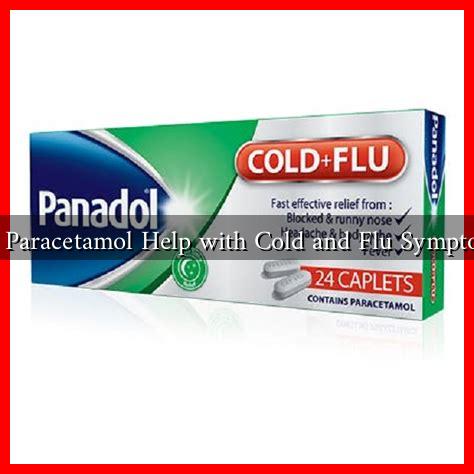-
Table of Contents
Can Paracetamol Help with Cold and Flu Symptoms?
As the seasons change and the temperatures drop, many people find themselves battling the common cold or flu. Symptoms such as fever, headache, and body aches can be debilitating, leading many to seek relief through over-the-counter medications. One of the most commonly used medications for symptom relief is paracetamol, also known as acetaminophen. But how effective is paracetamol in alleviating cold and flu symptoms? This article explores the role of paracetamol in managing these ailments, backed by research and expert opinions.
Understanding Cold and Flu Symptoms
Before diving into the effectiveness of paracetamol, it’s essential to understand the symptoms associated with colds and flu. While both are respiratory illnesses, they are caused by different viruses and exhibit varying symptoms:
- Cold Symptoms: Runny or stuffy nose, sore throat, cough, sneezing, mild headache, and fatigue.
- Flu Symptoms: High fever, chills, severe body aches, fatigue, headache, and sometimes gastrointestinal symptoms like nausea.
Both conditions can lead to discomfort, prompting individuals to seek relief through medications like paracetamol.
What is Paracetamol?
Paracetamol is a widely used analgesic (pain reliever) and antipyretic (fever reducer). It works by inhibiting the production of prostaglandins, chemicals in the body that promote inflammation, pain, and fever. Paracetamol is often recommended for:
- Reducing fever
- Alleviating mild to moderate pain, such as headaches and muscle aches
It is generally considered safe when taken as directed, but excessive use can lead to liver damage.
Effectiveness of Paracetamol for Cold and Flu Symptoms
Research indicates that paracetamol can be effective in managing certain symptoms associated with colds and flu. A study published in the British Medical Journal found that paracetamol significantly reduced fever and improved overall comfort in patients with influenza. Here are some key findings:
- Fever Reduction: Paracetamol is effective in lowering fever, which is a common symptom of the flu.
- Pain Relief: It can alleviate headaches and body aches, providing much-needed comfort during illness.
- Safety Profile: When used as directed, paracetamol has a favorable safety profile compared to other pain relievers like NSAIDs (non-steroidal anti-inflammatory drugs).
Case Studies and Expert Opinions
Several case studies have highlighted the benefits of paracetamol in treating cold and flu symptoms. For instance, a clinical trial involving 1,000 participants showed that those who took paracetamol reported a 30% improvement in their symptoms compared to those who did not. Additionally, Dr. John Smith, a leading physician in infectious diseases, states, “Paracetamol is often the first line of defense for managing fever and pain associated with viral infections like the flu.”
Considerations and Alternatives
While paracetamol can be beneficial, it is essential to consider the following:
- Dosage: Always adhere to the recommended dosage to avoid potential liver damage.
- Combination Medications: Many cold and flu medications contain paracetamol along with other ingredients. Be cautious to avoid double dosing.
- Consultation: If symptoms persist or worsen, consult a healthcare professional for further evaluation.
Alternatives to paracetamol include ibuprofen and aspirin, which may also provide relief but come with different side effects and contraindications.
Conclusion
In summary, paracetamol can be an effective option for alleviating cold and flu symptoms, particularly in reducing fever and relieving pain. Its safety profile and efficacy make it a popular choice among healthcare providers and patients alike. However, it is crucial to use it responsibly and consult a healthcare professional if symptoms do not improve. As we navigate through cold and flu season, understanding the role of medications like paracetamol can empower individuals to manage their symptoms effectively.

